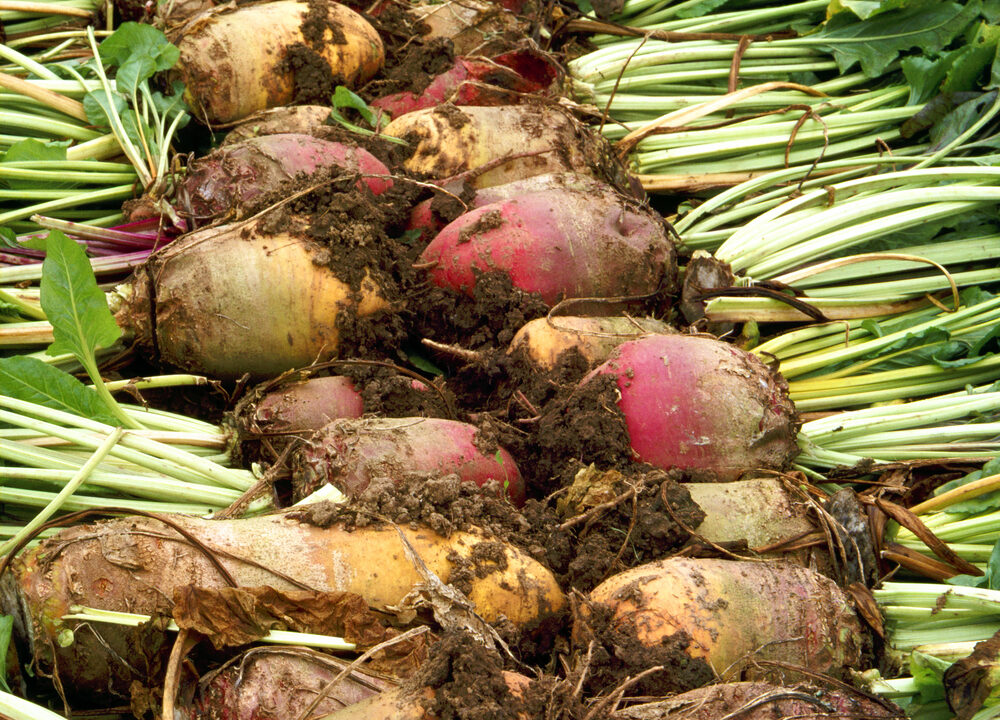Re-establishing a sugar beet industry in Ireland is the height of folly. That horse bolted 10 years ago. Yes, quotas are no more.
But sugar is now a commodity product, one that is traded on global markets. As a consequence, prices can go up as well as down.
Irish cereal growers know only too well that producing crops, the price of which is dictated by international factors, is a risky business. And such will be the case, where any future Irish sugar operation is concerned.
That’s not to say, however, that beet should be ruled out as a viable crop option in Ireland. In my opinion, fodder beet – as opposed to sugar beet – has a tremendous potential on two fronts.
In the first instance, it acts to drive intakes, where ruminant livestock are concerned.
A feed compounder once told me that if cattle had pocket money they would buy fodder beet with it. And he’s right. I was on a number of dairy farms last winter where the cows received a lunch time ‘top-up’ of chopped fodder beet mixed in with a bit of silage. They went mad for it.
Another advantage of fodder beet is the fact that crops can be grown north of Dublin. On good land, and assuming normal weather patterns, it is more than feasible to secure sustainable yields, even as far north as Donegal.
The other important facet to fodder beet is the crop’s suitability as a feed stock for Anaerobic Digestion (AD) plants. In Northern Ireland there are now 103 such operations up and running.
Moreover, changes to the Renewable Heat Incentive (RHI) planned for south of the border may well see a growth in AD across the island as a whole over the coming years.
Operations in the north are grant-aided by way of an output tariff, which is linked to the electricity generation capacity of each system.
However, operators have recently identified a potential market for surplus biogas, assuming they can produce it.
This brings into sharp focus the quality of the feed stock that AD operators are using. Given its relatively high sugar content, fodder beet is very ‘bug friendly’.
It can also be included at quite high levels, without upsetting the gas-producing environment within an AD plant. In fact, the inclusion of beet can act to ensure a higher output of biogas than the calibrated electricity generation capacity of the system actually requires. This assumes that the plant is managed appropriately.
I heartily agree with the premise that Irish tillage farmers need access to viable crop options, given the pitiful margins available from cereal production at the present time. So, could fodder beet be the ‘Great White Hope’ in this regard?
